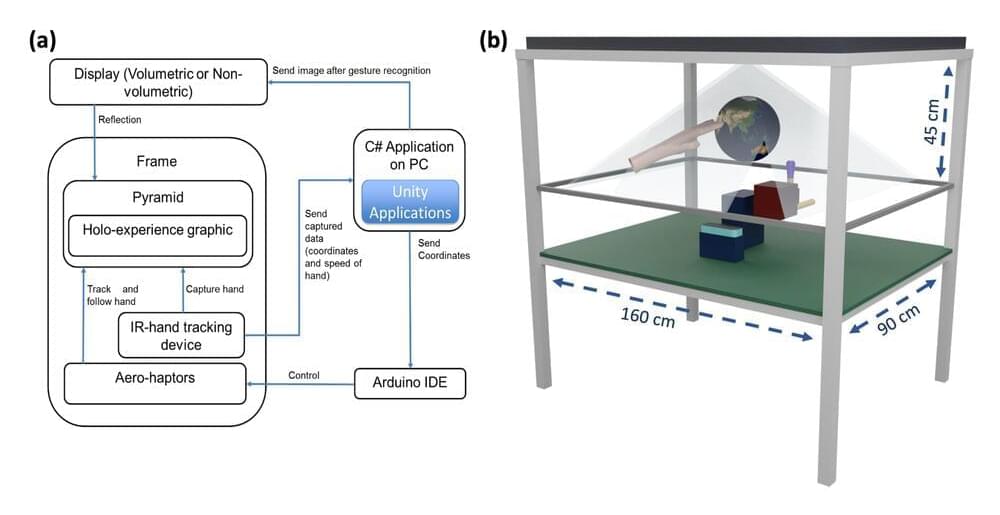https://youtube.com/watch?v=1_Mcp-YjPmQ&feature=share
This video gives and overview of human neuroscience and applies it to the design of an artificial general intelligence named Eta.
Go to www.startengine.com/orbai to own shares in the future of AI.
Check out https://www.orbai.ai/about-us.htm for details on the company, tech, patents, products and more.
What we usually think of as Artificial Intelligence today, when we see human-like robots and holograms in our fiction, talking and acting like real people and having human-level or even superhuman intelligence and capabilities — is actually called Artificial General Intelligence (AGI), and it does NOT exist anywhere on earth yet. What we do have is called Deep Learning, that has fundamental limitations that will not allow it to become AGI.
For an AI to pass the threshold of human intelligence, and become an artificial general intelligence requires an AI to have the ability to see, hear, and experience its environment. It needs to be able to learn that environment, to organize it’s memory non-locally and store abstract concepts in a distributed architecture so it can model it’s environment, events, and people in it.
It needs to be able speak conversationally and interact verbally like a human, and be able to understand the experiences, events, and concepts behind the words and sentences of language so it can compose language at a human level.
It needs to be able to solve all the problems that a human can, using flexible memory recall, analogy, metaphor, imagination, intuition, logic and deduction from sparse information.



